Inside OCZ's Factory: How SSDs Are Made
by Kristian Vättö on May 20, 2015 8:30 AM ESTThe Factory
OCZ's factory is located in Zhongli, which is a district of Taoyuan City, about a 45-minute drive away from the center of Taipei. Technically the factory is now owned and operated by Powertech Technology Inc (commonly known as PTI) because Toshiba wanted OCZ to sell the factory as a part of the acquisition. PTI is a relatively big name in the manufacturing industry with over 10,000 employees and a number of high value customers (including Apple, for instance). Aside from assembly, PTI also does wafer probing and die packaging and actually all Toshiba NAND is packaged by PTI (to my knowledge Samsung is the only NAND supplier that does all NAND packaging in-house), so the company has strong relationship with OCZ and Toshiba. While visiting the factory, I certainly got the feeling that OCZ and PTI are very well integrated as the cooperation between the two is effectively frictionless, which is partially explained by the fact that prior to the acquisition, the employees of the factory had paychecks directly from OCZ.
Two surface-mount technology (SMT) lines in the factory are dedicated to OCZ with a total capacity of approximately 70,000 units per month. OCZ also has burst capacity with other SMT lines and factories that PTI owns in case there's a sudden spike in demand (e.g. a large enterprise order). The facility has room for up to ten SMT lines and OCZ is looking to increase production capacity in the future. However, the factory isn't fully exclusive to OCZ as PTI does manufacture other vendors' drives too and during the tour I spotted some Kingston SSDs.
Assembling an SSD
Assembling an SSD isn't really any different from any other component that is built on a printed circuit board (PCB). The process itself is very straightforward and contains only a handful of steps which should be the same for every manufacturer.
The process begins by printing the circuit board and coating the chip/resistor sockets with solder paste, which is done in the machine pictured above.
The solder paste must be stored in near-zero temperature at all times or otherwise it will lose its soldering characteristics. It can only withstand room temperature for a couple of hours before becoming waste, which is why the paste is stored in small cans to minimize the loss.
Once the PCB has been printed and solder paste applied, the end result is what's pictured above. Four 2.5" PCBs can be processed at the same time, but obviously a smaller PCB would result in higher throughput since more PCBs would fit in the same area and could be processed simultaneously for better cost efficiency. That's why we've seen some manufacturers adopting smaller PCBs in 2.5" drives.
The PCB is now ready to take on the actual chips, which are mounted on the PCB by the above mounter. Every individual chip, resistor and capacitor is loaded to the machine in a circular "tape and reel" and the machine then automatically mounts the components to their right places on the PCB.
The controller come in a slightly different tray and it's the last component to be mounted before the drive moves to the cooking stage.
With all the components in place, the drives enters the reflow oven that melts the solder paste and secures electrical connectivity between all chips. The whole reflow process takes about five minutes and the temperature increases gradually at first before dropping quickly in the last stage of the reflow. The exact temperature profile is unique and has been achieved through science, but there's also trial and error in the mix.
After the reflow the PCBs go through an automatic optical inspection, which compares the produced PCBs against a picture of a perfect PCB to spot any errors (such as misaligned chips and insufficient solders). The automatic inspection is followed by a manual human eye inspection to ensure that all PCBs passing this point should be, at least visually, suitable to go on sale.
For double-sided PCBs, the whole procedure from printing the PCB to visual inspection is then repeated because only one side of the PCB can be worked at a time. That's why many smaller capacity SSDs we see are single-sided because it essentially cuts the PCB assembly steps in half, which reduces cost.
The final step of the PCB assembly is to connect the SATA and power connector, which is separate from the rest of the PCB. I've seen a couple of SSDs where the SATA and power connectors are actually integrated to the PCB, which saves one assembly step, and it's also something that OCZ is considering, but for now the connector remains separate. In M.2 the connector is always a part of the PCB, so from a manufacturing perspective M.2 is slightly more cost efficient than 2.5" drives are.
Once the PCB assembly is fully complete, the PCBs are separated and cut from the frame. The PCB is then put inside the final metal chassis and the screws are screwed automatically by the machine above.



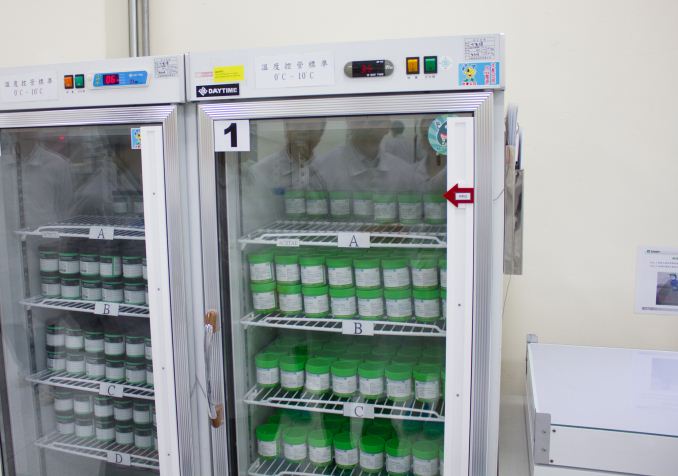
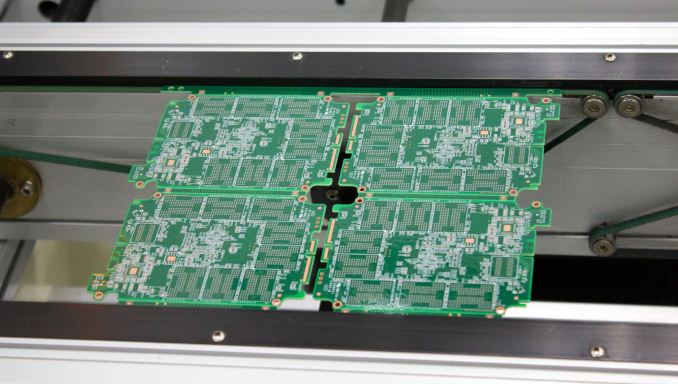
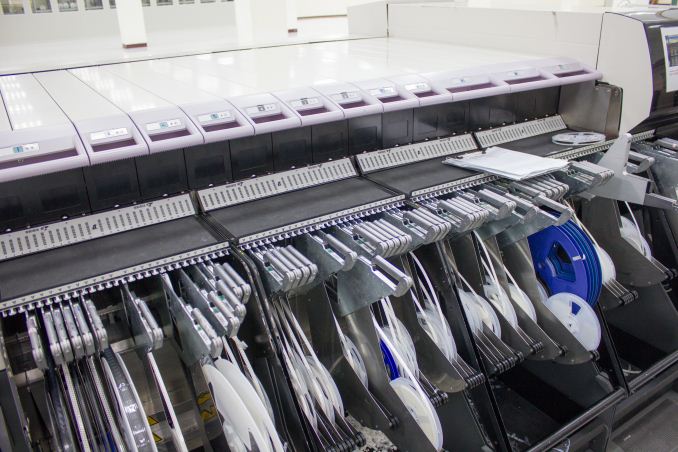
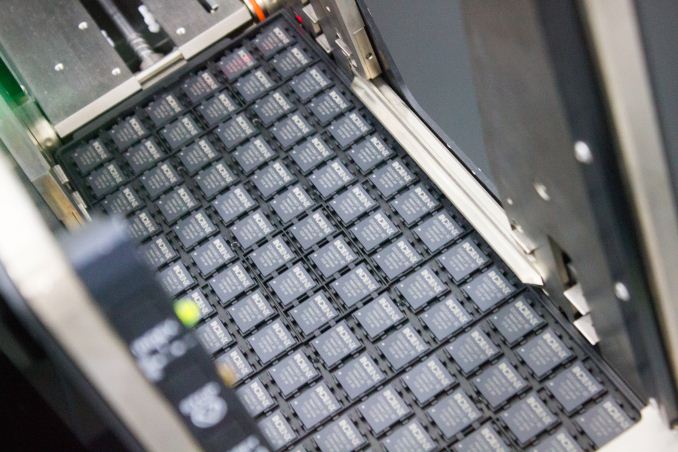
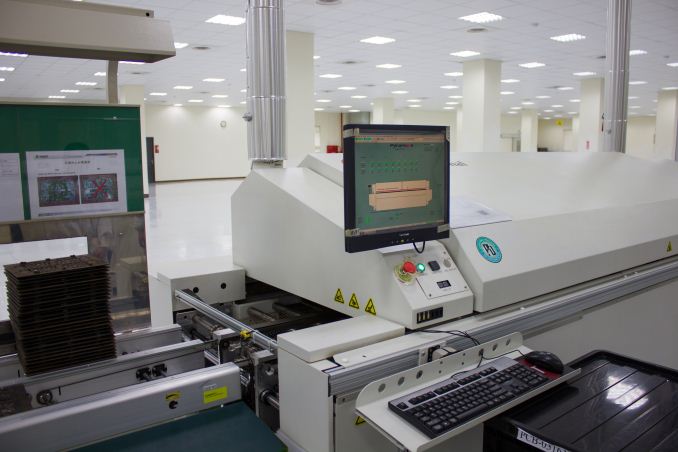
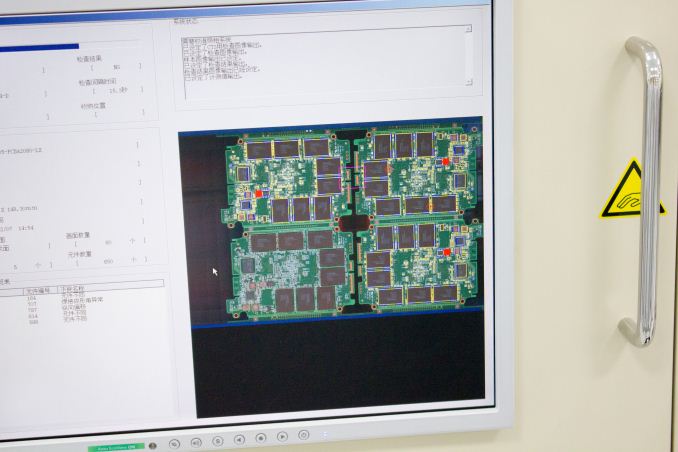
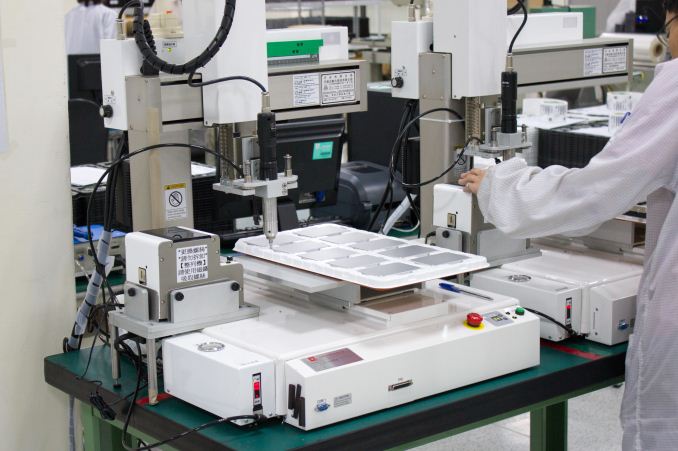








64 Comments
View All Comments
Murloc - Wednesday, May 20, 2015 - link
lol come on they visited other factories too....This article is neutral.
jihe - Wednesday, May 20, 2015 - link
You forgot Step 0 in the process: stockpile C-grade discarded nand chips from Micron/Intel/Samsung.valinor89 - Wednesday, May 20, 2015 - link
The point of being owned by Toshiba is precisely to avoid having to do that.ocz_tuff_bunny - Wednesday, May 20, 2015 - link
Hi jihe,Since this is my first comment in regards to this article please allow me to identify myself as an OCZ representative. Thank you for your comment. Being apart of a Toshiba Group Company all of our drives leverage premium Toshiba NAND. In the past few years we made significant upgrades in our products and processes to improve quality and continue to make investments in this area.
sor - Thursday, May 21, 2015 - link
This would surprise me. I've worked for memory manufacturers in the past, and you'll often find Samsung chips on Micron memory modules, and vice versa, simply because a company might choose to sell their die into more lucrative channels, or focus on manufacturing more lucrative configurations, or fulfill more lucrative contracts with the capacity they have. Then they supplement with product from competing manufacturers on their own products. People who pay attention to such things are occasionally surprised to see it, but in business its the bottom line that counts, and if you can make $.50 more per part by putting a configuration that you don't need internally on your wafers, and source your internal needs cheaper elsewhere, then you do it.Kristian Vättö - Thursday, May 21, 2015 - link
In the DRAM industry it's true that the original manufacturer of the chips varies more, but on the other hand nobody claims to use brand X chips in their modules (it's always just the speed and latency that are reported). In SSDs it's different as manufacturers specifically state what NAND they use, so switching from one NAND to another would be misleading marketing (and we've had some do that in the past, which lead to ugly results). Another thing is that SSD performance depends highly on NAND, so switching the chips inside would lead to varying performance unlike in DRAM.jihe - Thursday, May 21, 2015 - link
Well, will you promise to use Grade A Toshiba NANDs only then? Because OCZ had been one of the worse offenders of switching to terrible NAND chips in their SSD's, often within the same model and without any disclosure to the consumer. I would go as far as saying OCZ were using bait and switch tactics. Given your history it would take a lot to sway public sentiment. Perhaps having a NAND chip guarantee would go some way in correcting that.dgingeri - Wednesday, May 20, 2015 - link
I'm quite surprised by their firmware install process. I thought it would be more automated and part of the QA process. I also thought they would have automated the stickers long before now.Wwhat - Wednesday, May 20, 2015 - link
Many factories have such a weird final hand-done step. I think it's just so people have a job.And although that's fine, I think it does show the flaws in the capitalist system and the society's thinking.
jimjamjamie - Wednesday, May 20, 2015 - link
"..running some sort of a Linux distro.."If you zoom in on the photo you can see that the applications menu button (top left) has a Fedora logo. Interesting choice!